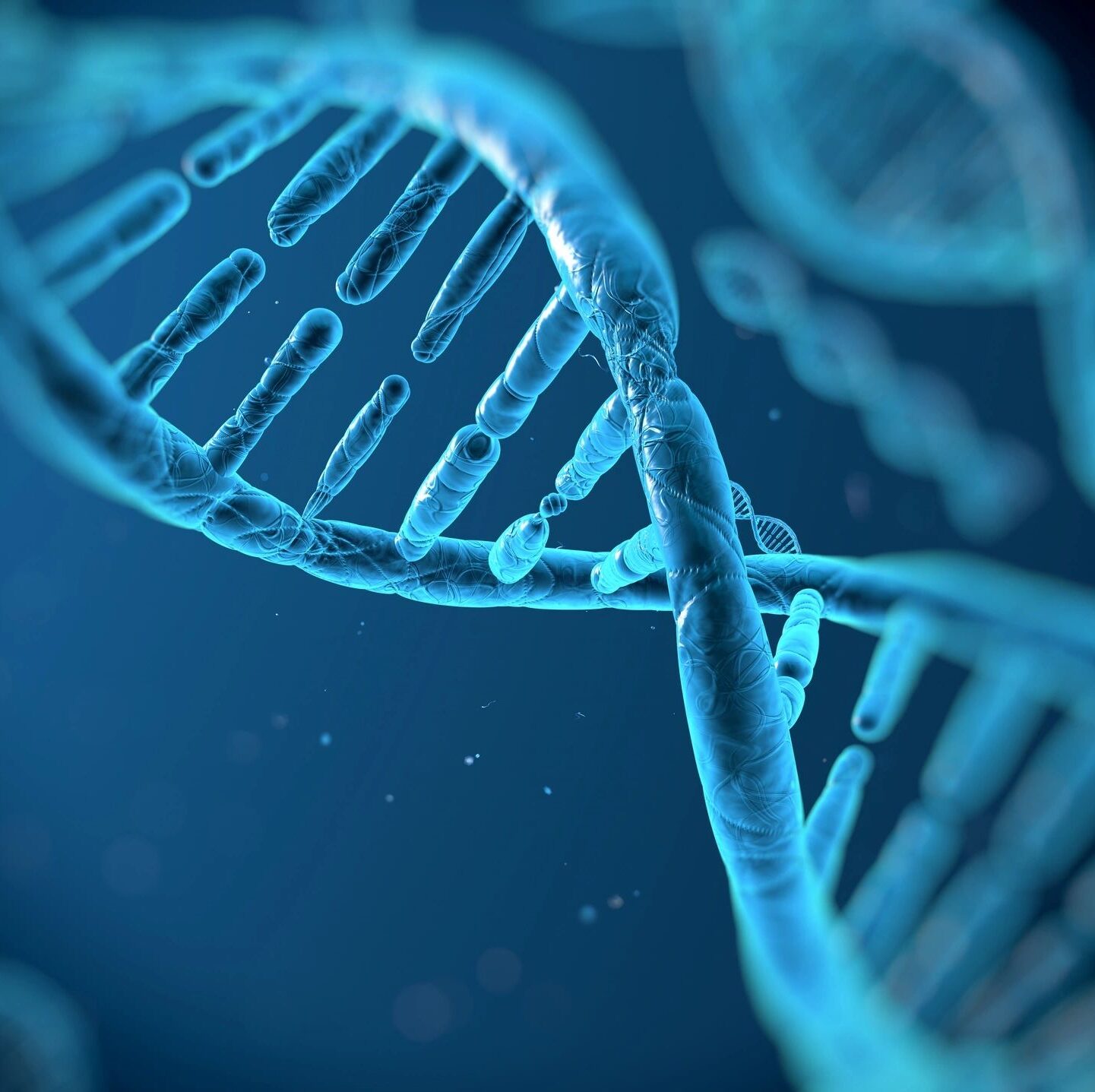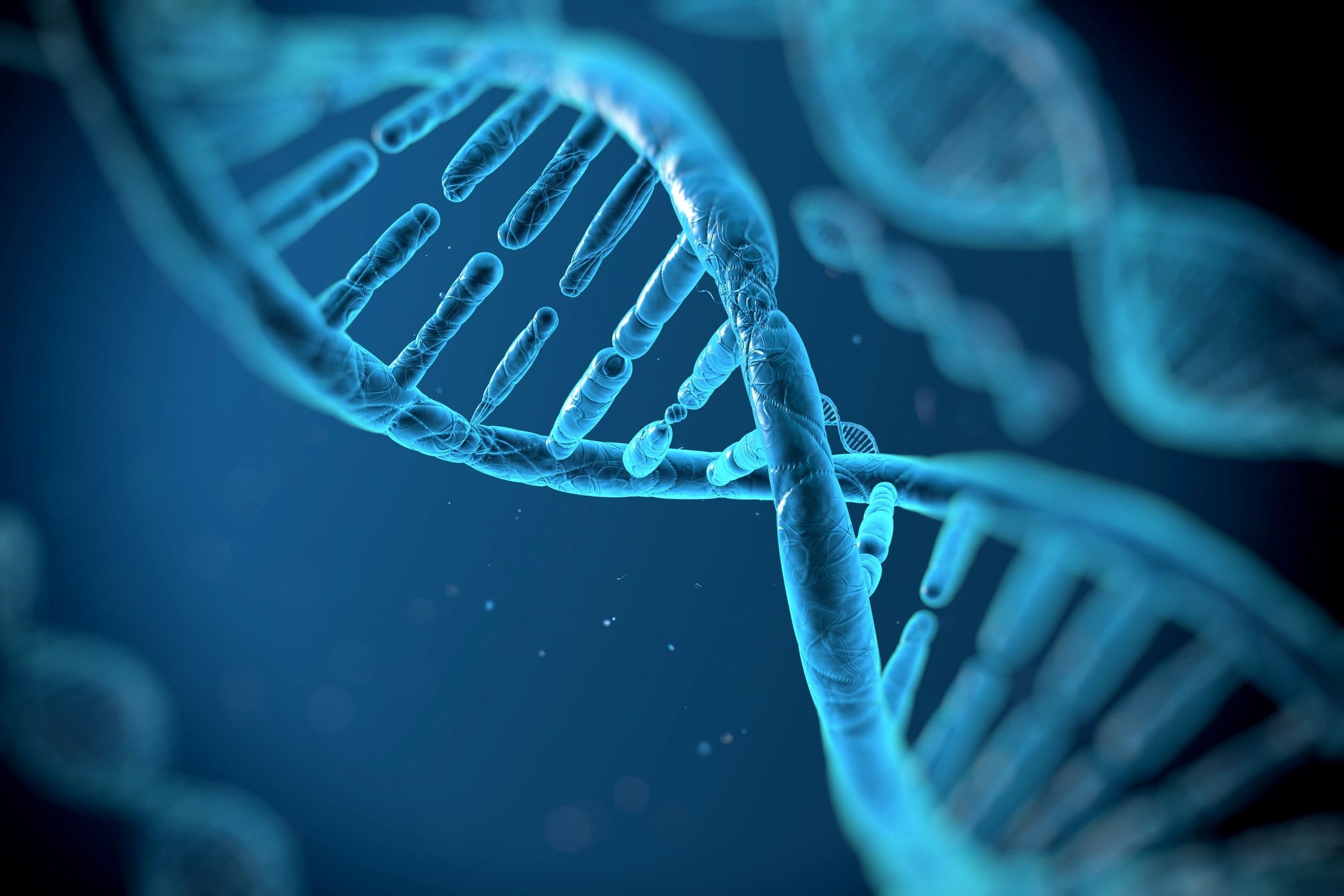In science class, you have likely heard that atoms are the smallest thing in the universe. Take that piece of information and forget it. Sure, they are small, but there are far smaller things. Take quarks for example. You likely haven’t heard of them, but they are the building blocks of the building blocks of atoms. They come in six kinds, top, bottom, up, down, charm, and strange. They have friends too called leptons, like muons, but I’ll get to that in a second. Right now, I am going to show you just how small our world gets.
Milli
Humans are 1.5 meters tall. They have many parts that get smaller, but ants are generally their go-to small thing. Ants are 1.5 millimeters long. That means we are 1,000 times as long. However, ants aren’t nearly as small as the width of a hair!
Micro
A hair’s thickness is about 75 microns, and that means if you multiplied its thickness by 20, you get the length of an ant. This means that there are very few things smaller, right? Nope. There is still plenty to come. The hair is only %50 percent thicker than a leaf cell, actually, which, if you do the math, gives you 50 microns. But small is yet to come! A leaf cell is 100% longer than a single pollen, meaning that a hair cell is 300% of that of the pollen. Now, if we divide the size of our pollen by 12, we get an E Coli bacteria. This will give you food poisoning, and appears in many foods, so keep safe.
Nano
Nanometers are the next measurement. The wavelength of red, which may seem small, is actually only a third as long as the E Coli, and the other waves are only shorter. The Mimivirus, one of the bigger viruses, is half a micron, and that means it is a 150th the size of our hair. If you shrank that to a fifth of its size, you would get to a Covid 19 Virus. Status check: From the human to here, we have to multiply Covid 19 by (3/2)(10^8) to reach human again. Basically, 150,000,000. Crazy, right? Now, let’s divide Covid 19 by 50. You now have the DNA. DNA is the thing that makes everything in your body.
Pico
We are now delving into picometers. These are so small that we are starting to see atoms now. Francium comes first, roughly a fourth of the DNA, and this is followed by the water molecule, which is a bit bigger than half of francium. Half the length of our water molecule, the carbon atom is next, and a fourth of that is oxygen. We now reach the smallest wavelength on all the spectrum of light, color, and electromagnetism. The Gamma Ray. These are so quick that they would kill you to have to many of them going through your body.
Fento
Divide that Gamma Ray by 1,000. Here is the nucleus, the base of the iron atom. Divide that by three, the helium nucleus. Divide that by two you get a neutron, which is approximately the same size as the proton, which are both the basic building blocks of nuclei.
The Elementary Level
These come in sizes so small we can’t figure out their size. There are 16 of them, as follows:
- Electron
- Tau
- Muon
- Electron Neutrino
- Tau Neutrino
- Muon Neutrino
- Top Quark
- Up Quark
- Charm Quark
- Bottom Quark
- Down Quark
- Strange Quark
- Higgs Boson
- Gluon
- Photon
- Z Boson
- W Boson
They do very strange things, these particles. Electrons form the base standards of much chemistry, and some of these are more known, like photons, which, with electrons form the electricity in solar panels.
Uncertainty Particles
These particles are one of the most interesting things in physics! The Uncertainty Theory is basically the idea that the four fundamental forces: Gravity, Strong, Weak, and Electromagnetism, are formed through Uncertainty Particles, which move about atoms so fast and they are so tiny, we can’t track them. This theory also fits conveniently with the creation theory, stating that the universe’s forces get more complex the colder it gets, which is why all the forces were unified at the beginning. (Check out my page on that if you’d like)
Now, the size of a proton is approximately 2,000,000,000,000,000 times smaller than the human, so we are quite big. Look at my post about how big the universe is if you thought this was interesting!

